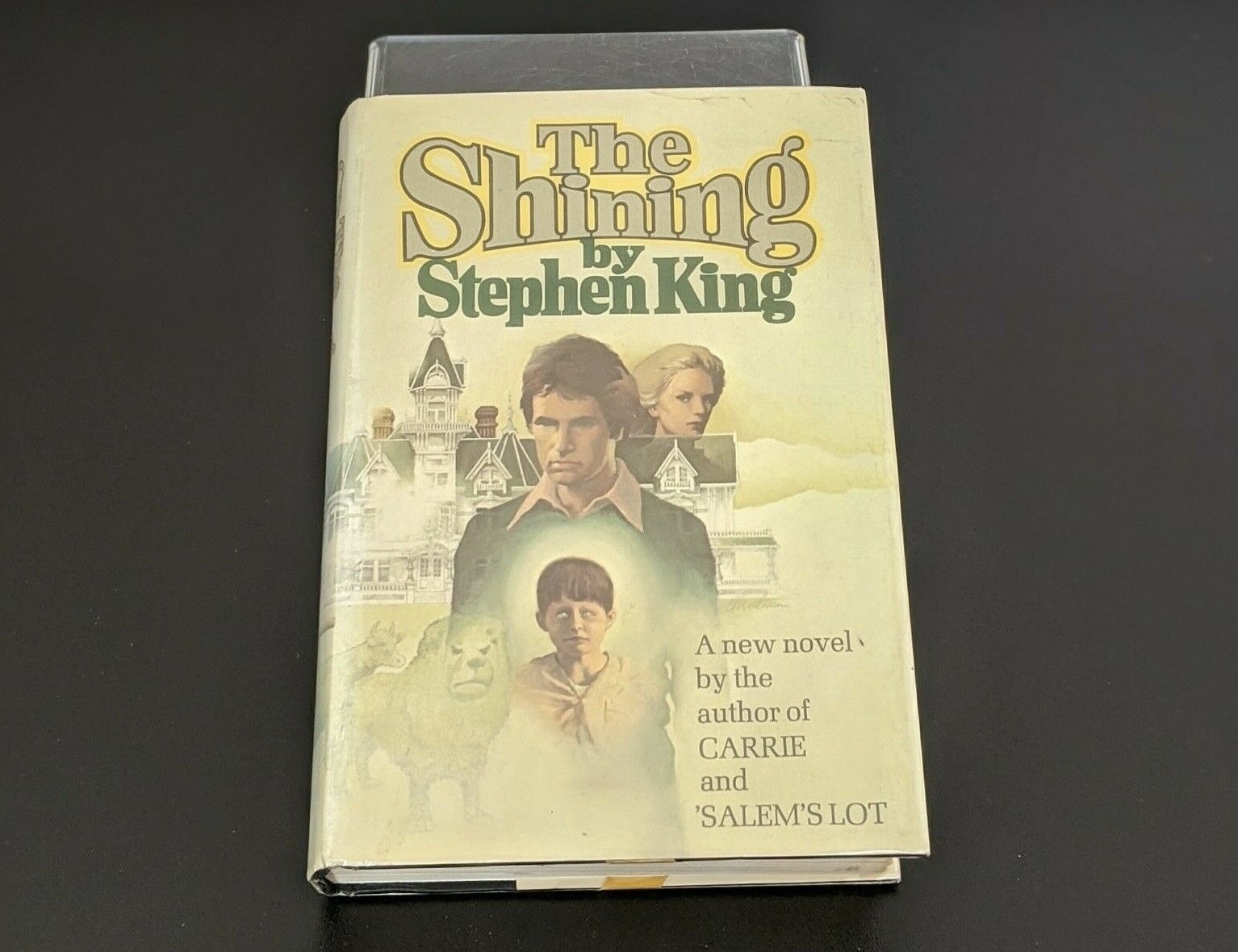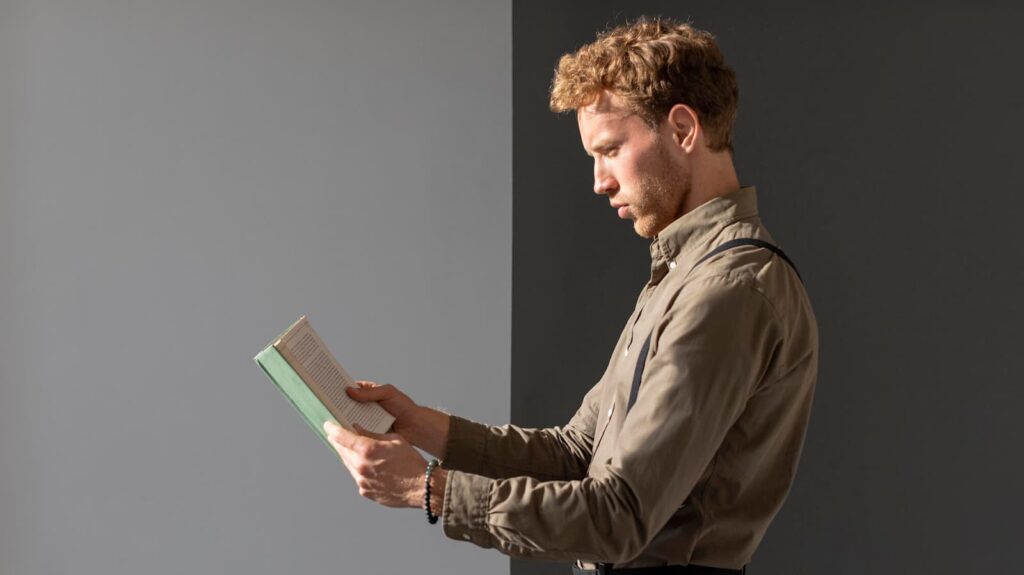
Welcome to my in-depth analysis of “The Shining” book and movie! This iconic horror story has captivated audiences for decades, and it’s no surprise that there are passionate debates about which version is better. In this article, we will take a deep dive into both the book and movie, comparing and contrasting their strengths and weaknesses. So buckle up and get ready for a thrilling ride through the Overlook Hotel.
Thoughts on the Book
Before we dive into the specific elements of the book and movie, let’s first discuss some general thoughts on the book itself. “The Shining” was written by Stephen King and published in 1977. It tells the story of the Torrance family, who move into the isolated Overlook Hotel as caretakers during the winter season. As the family becomes more and more isolated, the supernatural forces within the hotel begin to take hold of Jack Torrance, leading to a terrifying climax.
Addiction
One of the major themes in the book is addiction, specifically alcoholism. Jack Torrance is a recovering alcoholic, and the isolation of the Overlook Hotel only exacerbates his struggle. Throughout the book, we see Jack constantly battling with his addiction, and it ultimately leads to his downfall. King does an excellent job of portraying the destructive nature of addiction and how it can consume a person’s life.
In the movie, this theme is not as prominent. While we do see Jack drinking, it is not as central to his character arc as it is in the book. This could be due to the fact that director Stanley Kubrick wanted to focus more on the supernatural elements of the story rather than the psychological aspects. However, this does take away from the depth of Jack’s character in the movie.
Acting
One of the most notable differences between the book and movie is the portrayal of the characters. In the book, the Torrance family is described in great detail, allowing readers to really get to know them. Jack is a flawed but sympathetic character, struggling with his past mistakes and trying to be a good husband and father. Wendy, his wife, is also well-developed, and we see her strength and determination as she fights to protect her son from the horrors of the Overlook.
In the movie, however, the characters are not as fleshed out. Jack Nicholson’s performance as Jack Torrance is iconic, but it also portrays him as a villain from the start. We don’t see the same internal struggle and complexity that we do in the book. Similarly, Shelley Duvall’s portrayal of Wendy is often criticized for being weak and hysterical, which is a departure from the strong and resilient character in the book.

Meaning of the Title
The title “The Shining” has multiple meanings within the story. It refers to the psychic abilities of Danny Torrance, who can see visions of the past and future. It also alludes to the shining of the hotel itself, which is a malevolent force that feeds off of negative emotions and desires. Additionally, it can be interpreted as a metaphor for the darkness and evil that lurks within human beings.
In the movie, the title is not as significant. While Danny’s shining abilities are still present, the focus is more on the supernatural forces within the hotel rather than the characters themselves. This is another example of Kubrick’s decision to prioritize the horror elements over the psychological aspects of the story.
Tony
One of the most intriguing characters in the book is Tony, the imaginary friend of Danny Torrance. Tony is a manifestation of Danny’s psychic abilities and serves as a warning system for him. In the book, Tony is described as a separate entity from Danny, with his own voice and personality. He also plays a crucial role in the climax of the story.
In the movie, however, Tony is not mentioned at all. Instead, Danny’s visions and premonitions are shown through his finger-talking and the famous “redrum” scene. This change may have been made to simplify the story for the screen, but it does take away from the complexity of Danny’s character.
Alcohol
As mentioned earlier, alcoholism is a major theme in the book. It not only affects Jack but also plays a role in the history of the Overlook Hotel. The ghosts that haunt the hotel are often associated with alcohol, and their influence on Jack can be seen as a metaphor for the destructive nature of addiction.
In the movie, this connection is not as clear. While we do see Jack drinking, it is not as prevalent or significant as it is in the book. This could be due to the fact that Kubrick wanted to focus more on the supernatural elements rather than the psychological ones. However, it does take away from the depth of the story and the characters.
The Overlook
The Overlook Hotel is a character in itself, and its presence looms over the entire story. In both the book and movie, the hotel is described as being isolated and cut off from the rest of the world. This isolation plays a crucial role in the descent of the characters into madness.
In the book, the hotel is described in great detail, with its history and layout being explored. This adds to the sense of dread and unease that permeates the story. We also see how the hotel uses Jack’s addiction to manipulate him and turn him against his family.
In the movie, the hotel is not as fleshed out. While we do see some of its history, it is not as prominent as it is in the book. The focus is more on the eerie atmosphere and supernatural occurrences within the hotel. This could be due to the limitations of the medium, as it is easier to convey visual scares rather than psychological ones.
Jack’s Relationship with the Overlook
One of the most significant differences between the book and movie is the portrayal of Jack’s relationship with the Overlook Hotel. In the book, Jack is not seen as the villain of the story. Instead, he is a victim of the hotel’s influence and is ultimately sacrificed by it. The true villain is the hotel itself, which preys on Jack’s weaknesses and desires.
In the movie, however, Jack is portrayed as the main antagonist. From the beginning, he is shown as a volatile and unstable character, and his descent into madness is accelerated by the hotel. This change in characterization takes away from the complexity of the story and the themes of addiction and isolation.

Book Ending
The ending of the book and movie are drastically different, and this is where many fans of the book take issue with the movie adaptation. In the book, the climax takes place in the boiler room of the hotel, where Jack sacrifices himself to save his family. This sacrifice shows his redemption and the triumph of good over evil.
In the movie, however, Jack’s character arc is completely changed. He becomes a mindless killer, chasing his family through the maze and ultimately freezing to death. This ending is more in line with a traditional horror movie, but it takes away from the deeper themes and messages of the story.
Conclusion
In conclusion, “The Shining” book and movie are both excellent pieces of storytelling, but they differ in many ways. While the movie is a classic in its own right, it does not do justice to the depth and complexity of the book. The book delves into themes of addiction, isolation, and the darkness within human beings, while the movie focuses more on visual scares and supernatural elements. Both versions have their strengths and weaknesses, but ultimately, it is up to personal preference which one is better. So whether you prefer the psychological terror of the book or the iconic visuals of the movie, “The Shining” will continue to haunt and captivate audiences for years to come.